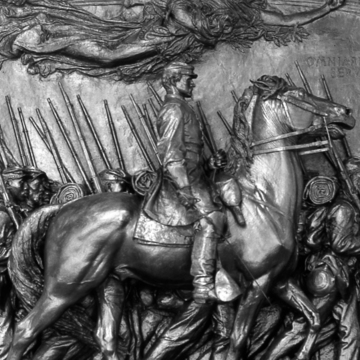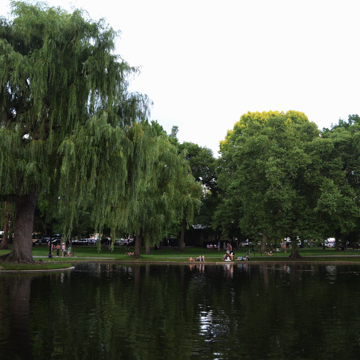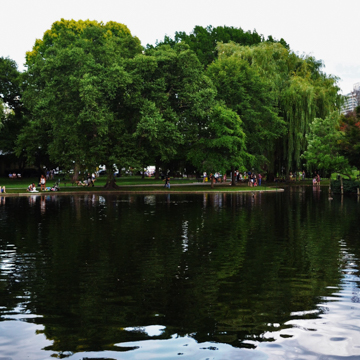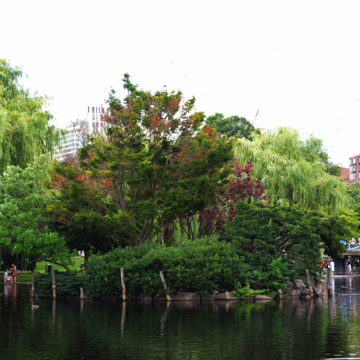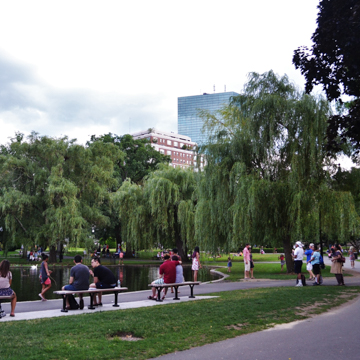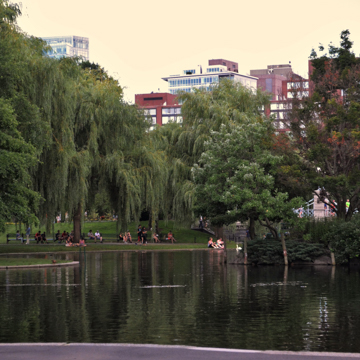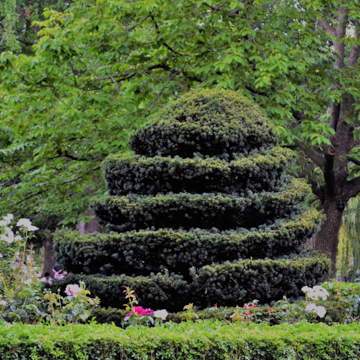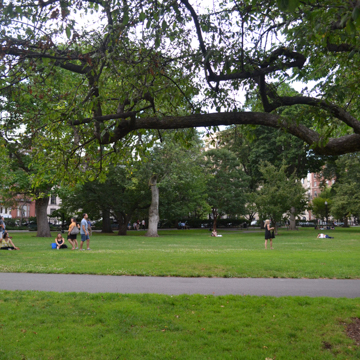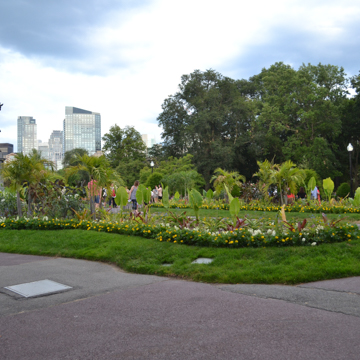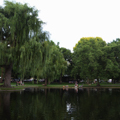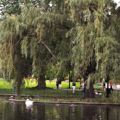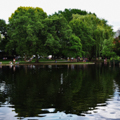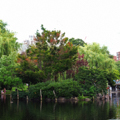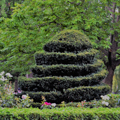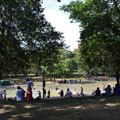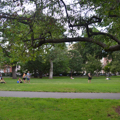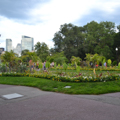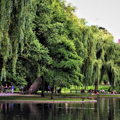Unlike most New England towns and cities, Boston retains a common that was established for pasturage in the colonial period and has remained open space. The Reverend William Blaxton settled on this land in 1625 and sold it to the Puritans when they arrived in 1630. The earliest colonists, however, located on the opposite side of the peninsula in the North End and the current Central Business District. The Common was on the periphery, typical of English patterns of common agricultural lands. As early as 1722, however, the tree-lined mall (now Lafayette Mall) was established along the southern boundary. The central burying ground was established in 1756 on the Common, which also served as a training ground for the militia and as a site for political rallies leading to the Revolution. As the town grew, development came to the edges of the Common, such as Thomas Hancock's grand granite mansion (1737, demolished 1863) on the Beacon Hill edge of the Common. After the Revolution, Charles Bulfinch did much to change the image and purpose of the Common. He developed a plan for beautification in 1803 (executed through 1816) and designed private residences and speculative row houses facing what had now become a public park. Throughout the nineteenth century, the Common continued as the site for political rallies, military drills, and fashionable promenades. Gradually, monuments, a bandstand, the frog pond, and athletic fields have transformed the Common
You are here
Boston Common
1634. Beacon, Park, Tremont, Boylston, and Charles sts.
If SAH Archipedia has been useful to you, please consider supporting it.
SAH Archipedia tells the story of the United States through its buildings, landscapes, and cities. This freely available resource empowers the public with authoritative knowledge that deepens their understanding and appreciation of the built environment. But the Society of Architectural Historians, which created SAH Archipedia with University of Virginia Press, needs your support to maintain the high-caliber research, writing, photography, cartography, editing, design, and programming that make SAH Archipedia a trusted online resource available to all who value the history of place, heritage tourism, and learning.













